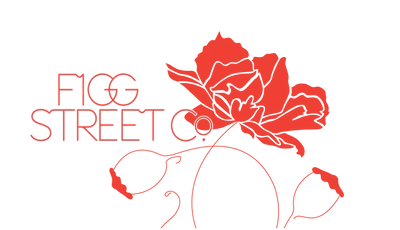The Art of Papercutting
When many of us hear the word découpage, we may recall messy visions from childhood. Strips of paper soaked in a gluey solution applied to whatever surface our parents allowed us to use: perhaps a box or glass jam jar. It created a decorative effect.
As it turns out, I recently learned that découpage is also the French word for the art of paper or silhouette cutting. It's a traditional folk art in many cultures, including that of Switzerland, China, Japan, Indonesia, the Philippines, Judiasm, Eastern Europe, Mexico and Sweden.

Traditional papercutting, such as that practiced in Switzerland, tends to portray outdoor scenes. Very detailed in nature, the artwork often features trees, animals, chalets and people engaged in quotidian activities. See our first Reverie section below for a short video on these complex creations.
Papercutting is quite meditative and calming in practice. One remains focused on this detailed task, making repeated tiny snips with scissors or incisions with a blade into black, white or coloured paper. The soothing atmosphere this art creates is one of the reasons why some enjoy it.
It's also a creative outlet for your imagination. Many modern papercutting artists don't keep to traditional motifs. While they may seek inspiration from nature, they take an unconventional approach, or cut designs to a larger scale. Some also look to current day influences, such as cityscapes, the structure of DNA or molecules and other motifs, such as timepieces and theatres.













